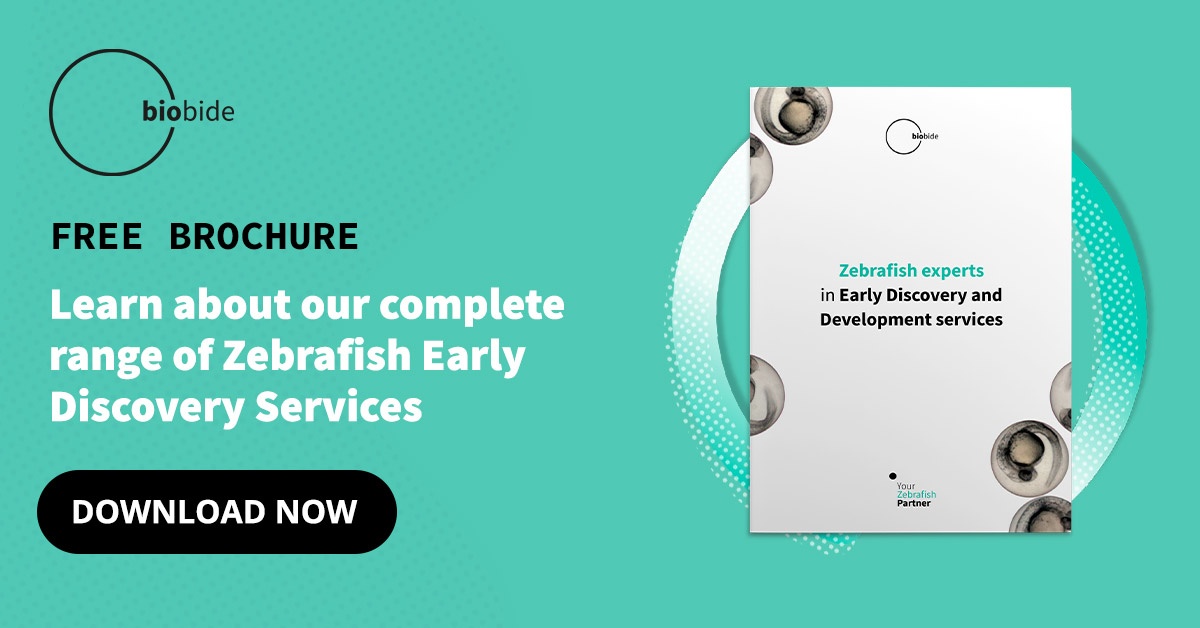For countless years, animals have played a critical role in the advancement of science and the development of medicine. This is because many animals have for example a similar genetic construction that closely resembles that of a human being.
Thus, the idea has usually been to experiment and test new and upcoming medications on animals before testing them on their human counterparts. Essentially the concept here is to keep human beings safe and reduce the potential risk to them by determining side effects of upcoming medications on animals first. This may sound inherently cruel, especially to the animal test subject, and that is why today many scientists and animal advocates are searching for alternative solutions to animal testing.
Animal Testing Explained
What is animal testing and why are solutions to animal testing critical? Animal testing entails conducting a scientific experiment in which a live animal is likely to undergo something that will cause it pain, suffering, or long-lasting harm. Unfortunately, animals are often harmed during these experiments and they are usually euthanized once the experiment is completed. Below are a few methods that are utilized during animal testing:
- Injecting or inserting substances potentially harmful into animals.
- Surgically removing animal tissues as well as organs.
- Compelling animals to inhale potentially damaging gases.
- Putting animals into traumatizing situations in order to induce stress as well as anxiety.
Furthermore, there are various experiments in which the death of the animal subjects is a requirement of the test. For instance, in the tests for Botox as well as the creation of various vaccines some animals are injected with a lethal chemical dose and put to death before the point of dying.
You may be wondering what sorts of animals are used in these scientific experiments. Usually, mammals such as mice and rats are the most common animals used. It is important to note that the animals used in these experiments are often bred for the purpose of being included in these scientific experiments. These animals normally dwell in sterile indoor environments often in cages or pens. Due to these reasons, it becomes therefore evident that new solutions to animal testing remain a pending issue in our current society.
Non-Animal Testing Alternatives
Intuitively you may assume that we will be putting human beings in jeopardy if we remove animals from the initial medical development stages. However, many times this is not the case as there are various alternatives and solutions to animal testing, that minimize the use of mammals.
For example, due to technological innovations as well as modern science, almost each sort of human and animal cell can be grown in a laboratory. Scientists have even managed to come up with creative methods to gather cells in 3D structures improving cell-cell interactions. For example, scientists can now create 3D miniature replicas of a liver or a heart. These replicas can be greatly beneficial as they provide a more accurate way to test new therapies.
Human Tissues
Another solution to animal testing is the use of healthy or diseased tissues provided by human volunteers. One way to collect human tissues is from post-surgery procedures. For instance, skin, as well as eye models developed from reconstructed human tissues have been utilized as an alternative to rabbit irritation tests.
Another way to collect human tissues and organs is post-mortem. Many countries ask individuals if they would be willing to donate their organs to science in the case of a tragic event.
Computer Models
With the advent and development of technology, computers have proven to be a reliable alternative solution to animal testing. Scientists have already created reliable models of human organs such as lungs, heart, and kidneys using modern computers.
These models are utilized to conduct virtual scientific experiments. In addition, there are data mining tools which are being used to model the hazards of certain substances based on existing data.
Zebrafish Animal Model
Yet, another solution to animal testing is the Zebrafish alternative animal model which provides a more time and cost-efficient drug discovery process for New Molecular Entities (NME).
In addition, the 2010 European Commission Directive states that experiments with zebrafish embryos are not considered animal testing. Based on this directive zebrafish embryos are not considered experimental animals until they exit the chorion and start feeding independently. .
This vertebrate model has an added benefit as it complies with the EU 3Rs policy (Reduce, Refine, and Replace), which states that research on animals should be humane and ethical.






